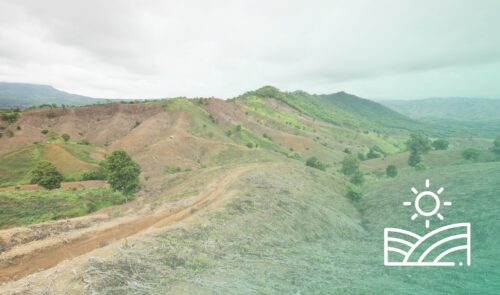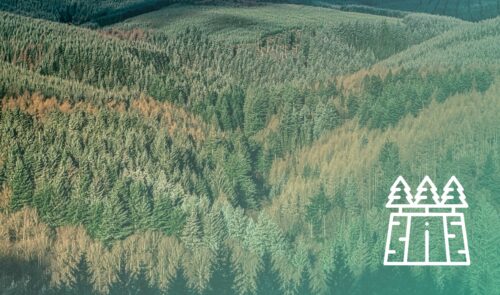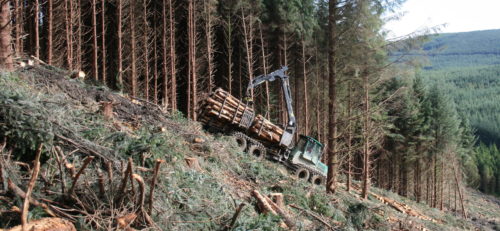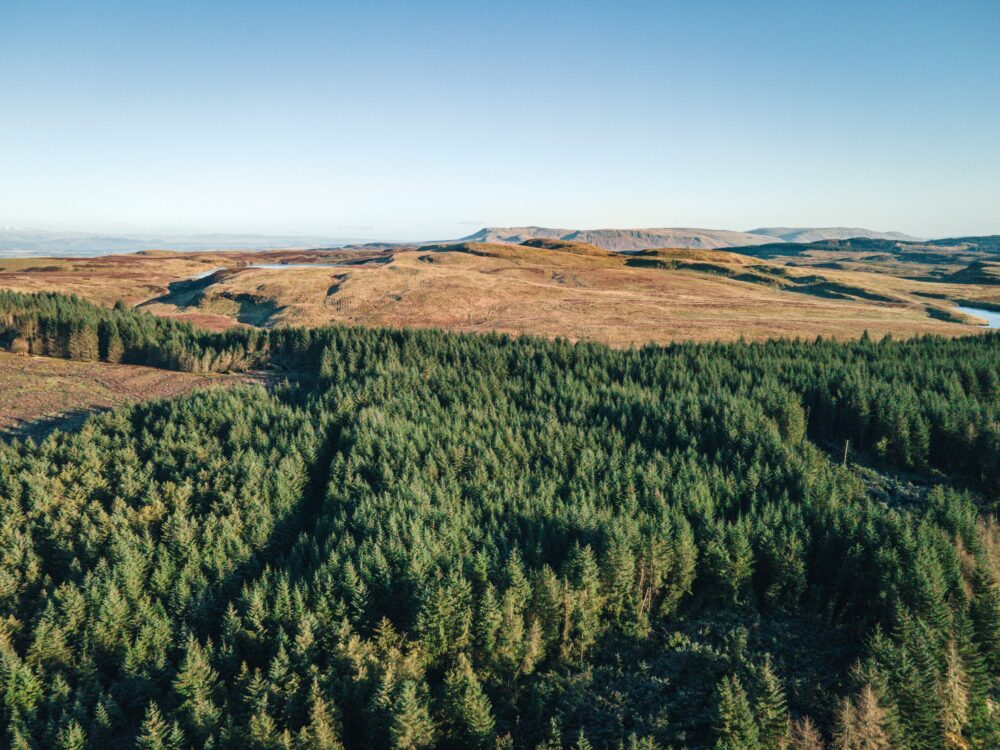
Bare Land for Planting
For many investors, buying bare land for planting and then following the development of the project through the establishment phase can be an exciting prospect.
Traditionally, investors have been driven by planting for timber income but, in recent years, there is increasing interest in planting for climate change mitigation and for wildlife and biodiversity benefits.
With the advent of the Woodland Carbon Code, there is now a developing carbon market where carbon units sequestered by the growing trees can be traded, offering the investor a new income stream.
The main features in the typical cash flow profile for a new planting site are the costs and grant income for the establishment phase in the first five years and then the felling and restocking phase in years 35-45 when the timber has matured.
If crops are thinned there may also be some activity in years 15-25 which may generate a small net income.
The carbon code offers the possibility of taking additional income either at the time of planting or as the trees grow and the carbon is sequestered.

Existing Forests
Alternatively, the investor may choose to buy an existing forest with the right characteristics to match investment objectives.
Factors such as location, scale, species mix and age class are often important considerations and through analysis these can be used to create an indicative cash flow profile for the property.
A maturing forest can usually generate cash immediately following acquisition while an early- to mid-rotation forest may be largely dormant for many years.
Existing forests are not eligible for carbon income unless they have been recently planted and were registered under the woodland carbon code.
Since they are more of a known quantity than bare land, competition to buy existing forests can become quite intense, especially for the best properties.
Therefore, sufficient investigation and analysis of the potential investment outlook on a case by case is required to understand where opportunities can be found.
Contact a member of our team




